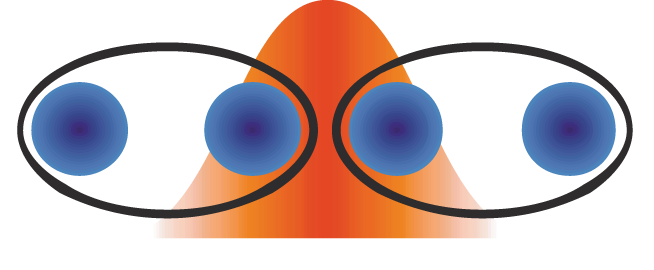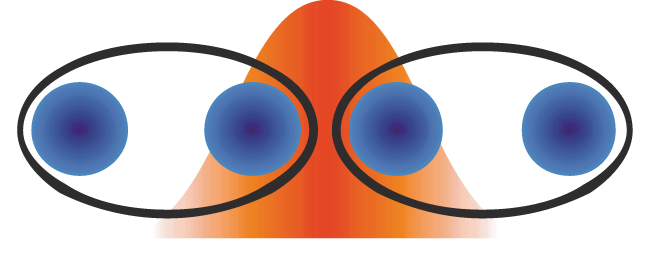Outsmarting decoherence in a trapped ion quantum computer
Decoherence is the adversary of quantum information processing since it destroys the fragile superpositions where information is stored. One method to circumvent the loss of coherence is to identify and encode quantum information in special subspaces of the Hilbert space, called decoherence-free subspaces, which can yield a factor of increase in coherence times.
Still, these special subspaces will only be as useful as the computations they permit. Writing in Physical Review Letters, Thomas Monz, Kihwan Kim, and colleagues at Universität Innsbruck and Österreichische Akademie der Wissenschaften in Austria show they can successfully perform universal quantum computational operations within a decoherence-free subspace based on an array of trapped calcium ions. They encode quantum information in two electronic states on each ion, and the decoherence-free subspace is obtained by using two ions to represent one logical qubit state, resulting in a system that is robust against dephasing errors.
Monz et al. are able to perform a number of operations in the calcium array, including qubit rotations, a two-qubit phase gate, and a combination of the two for making a controlled-NOT gate. This is the first ion trap demonstration of a set of logical gates that are universal for quantum computation and exist within a decoherence-free subspace.
–Sonja Grondalski





